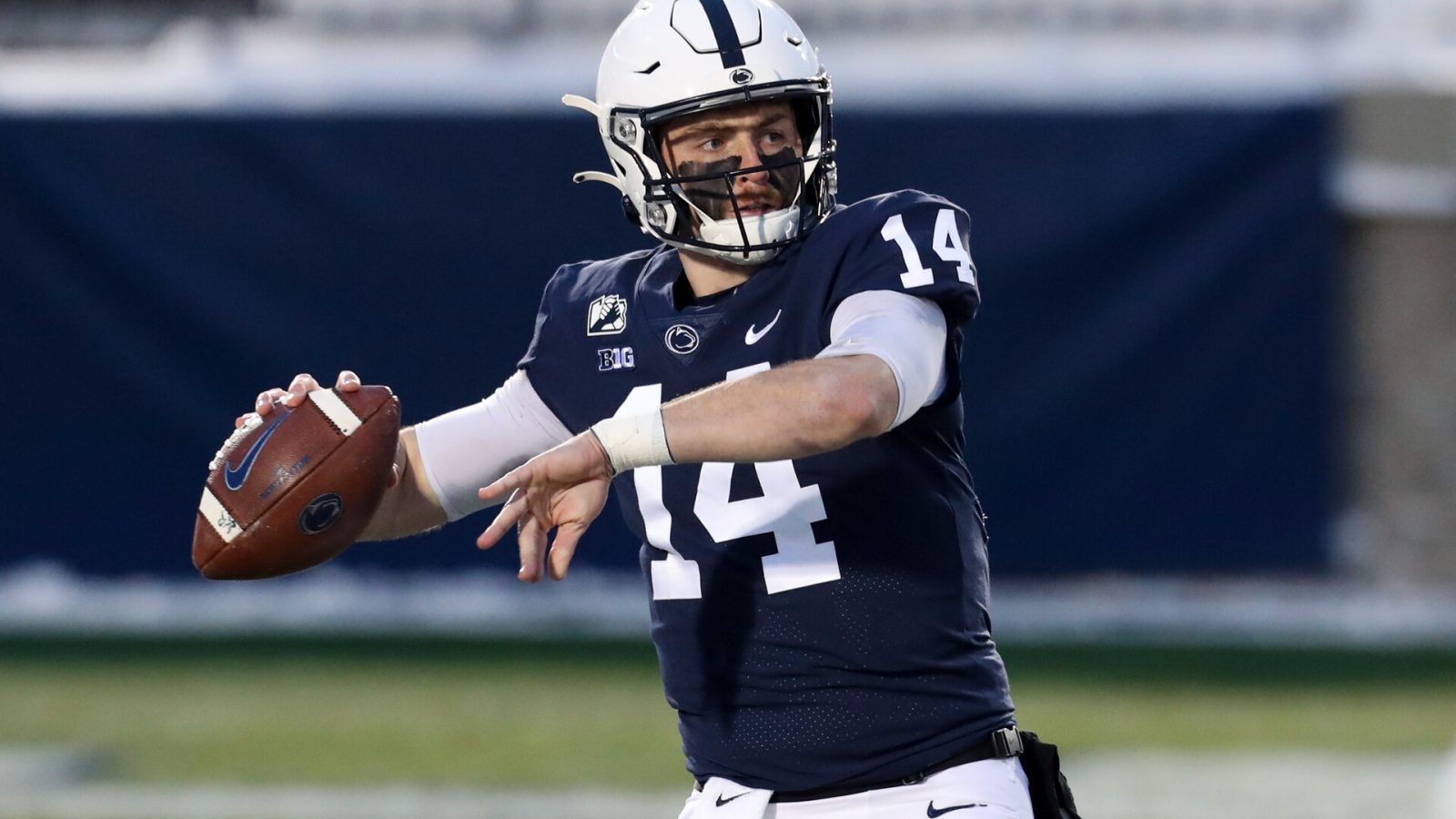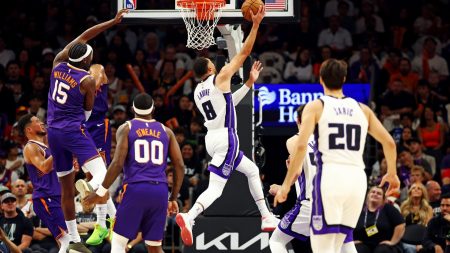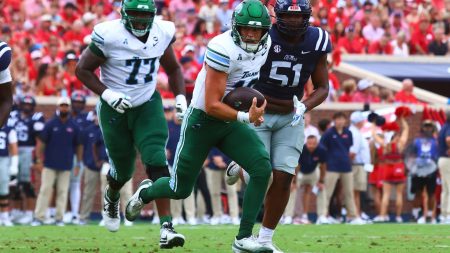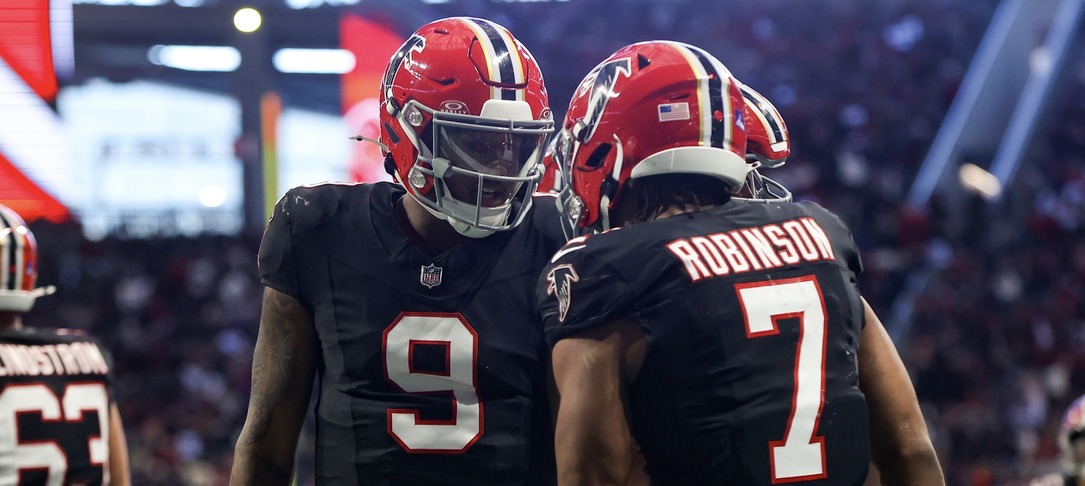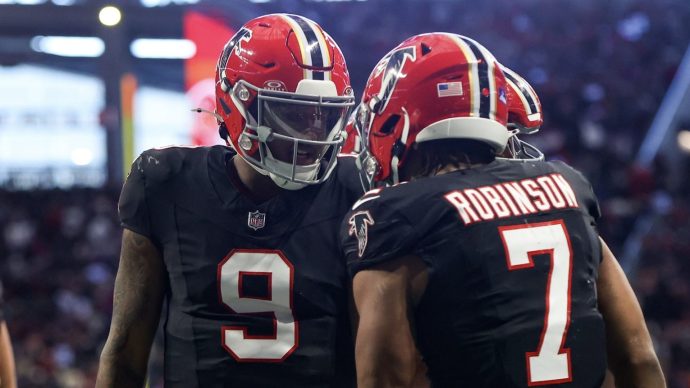Every Saturday morning in the fall, millions of sports bettors across the country wake up with a sense of optimism usually reserved for Ponzi scheme operators and personal injury lawyers:
Today is the day I’m gonna strike it rich!
Some 16 hours later, far too many of those same bettors slam their heads on their pillows and mutter to themselves, “What the hell just happened?”
We here at Props.com know that feeling, hate that feeling and want to do our part to help you avoid that feeling. Which is why we’re introducing our College Football Point Spread Report, a weekly feature offering insight into the latest positive and negative college football betting trends related to sides and totals.
What conferences are performing well against the number in nonleague play? What top 25 teams are getting the job done on the field but not at the betting window? And what little-known programs that you’d never think of wagering on are worth your investment?
The College Football Points Spread Report will address all that and more throughout the 2021-22 season, as we aim to enrich your college football Saturdays—in more ways than one.
All ATS and Over/Under records reflective of lined games, per VegasInsider.com.
Big Ten Delivering Big Money
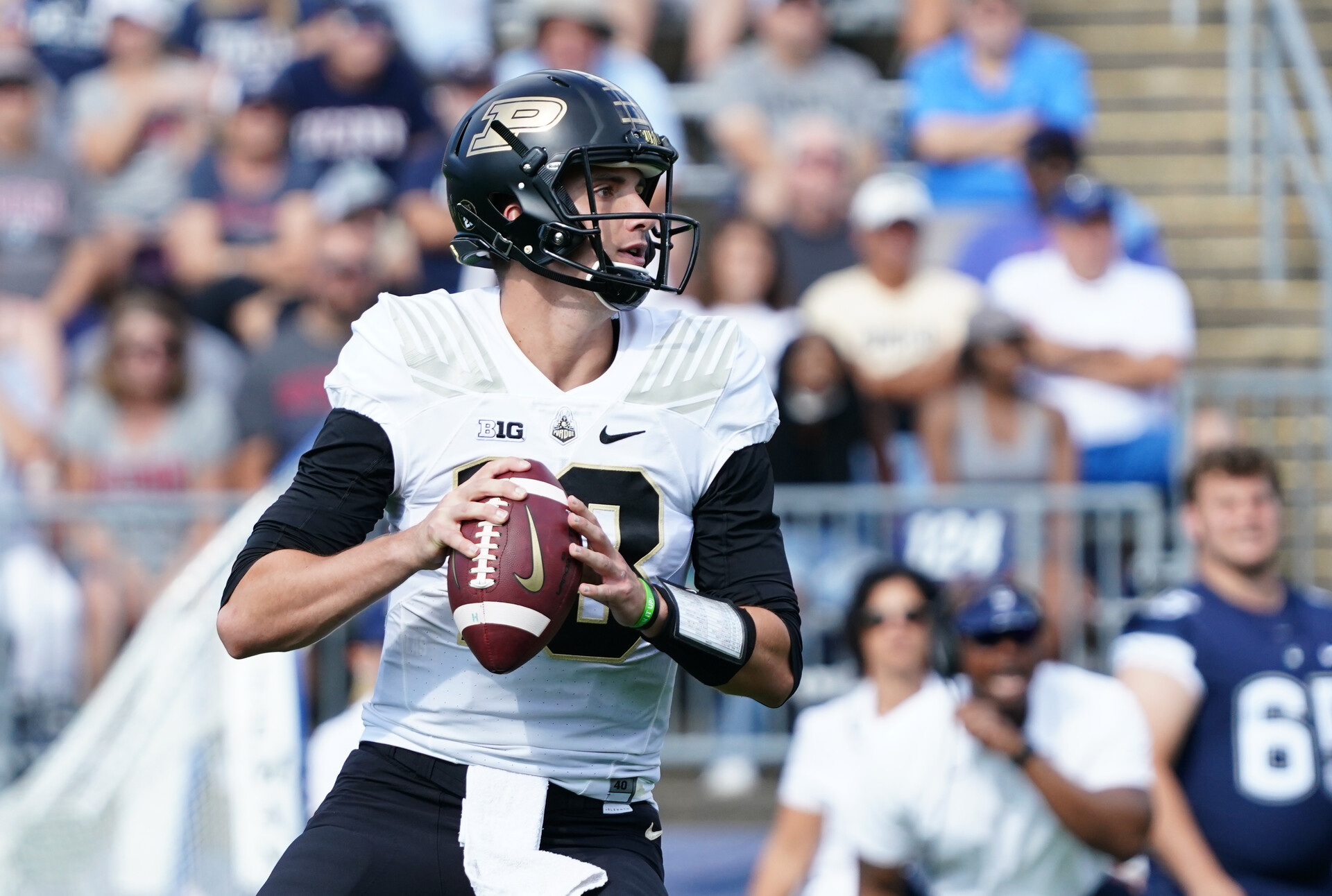
Nearly 20 percent of the schools playing major college football this season (25 of 130) enter Week 3 sharing the crown of King Moneymaker with a 2-0 ATS record. And the majority of those 25 teams come from three conferences: the Big Ten (5), SEC (4) and Sun Belt (4).
Obviously, a ton of football remains to be played—after all, summer doesn’t officially give way to autumn for another week. But at least so far, the Big Ten unquestionably has been the most profitable conference from a point spread perspective.
Even including a handful of head-to-head league matchups, the Big Ten’s 14 teams—don’t get us started on the league not understanding basic math—sport a collective 15-8-2 ATS mark. That includes a 10-for-10 combined effort from Iowa, Michigan, Penn State, Purdue and Rutgers.
Mountain West Is Second Best
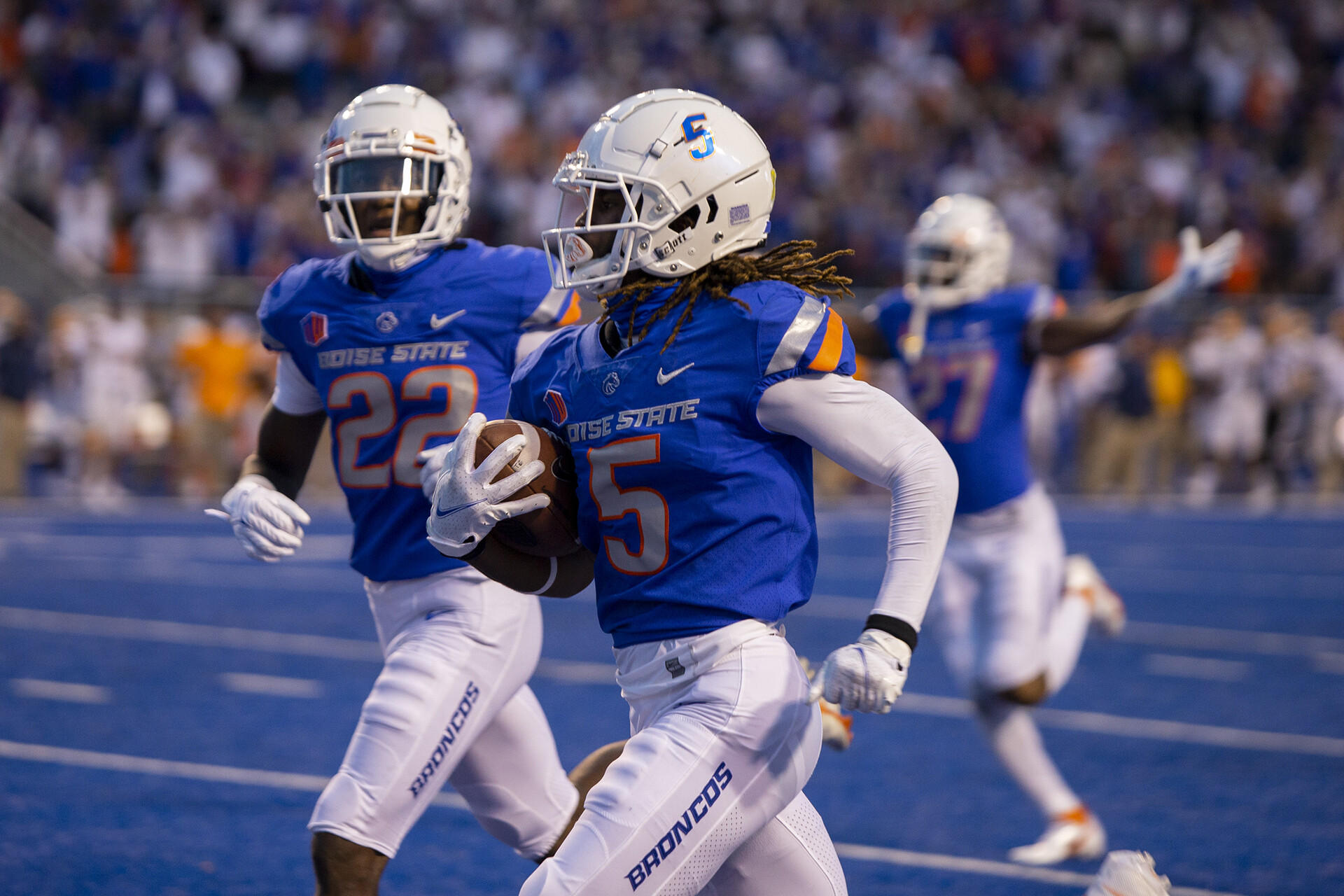
The Big Ten’s 60 percent spread-cover percentage easily tops the next-best league, the Mountain West, whose 12 teams are a combined 10-7-1 ATS (55.6%). Similar to the Big Ten, the Mountain West is top heavy, with six squads cashing in all nine of their collective lined games (including Boise State, Fresno State, Utah State and Air Force, each of whom are 2-0 ATS). The other half of the Mountain West is 1-7-1 against the number.
The same sort of trend can be seen on the opposite end of the country. In the ACC, Pitt, Virginia and Virginia Tech are among the 25 teams that covered in their first two lined games. The rest of the conference is a dreadful 4-12-1 ATS.
Meanwhile, the SEC features six unbeaten squads against the number: Arkansas, Georgia, Kentucky and Ole Miss are 2-0 ATS, while Auburn and South Carolina each cashed in their only lined contests. The other half of the league mirrors the ACC at 4-12 ATS.
Big 12 Coming Up Small
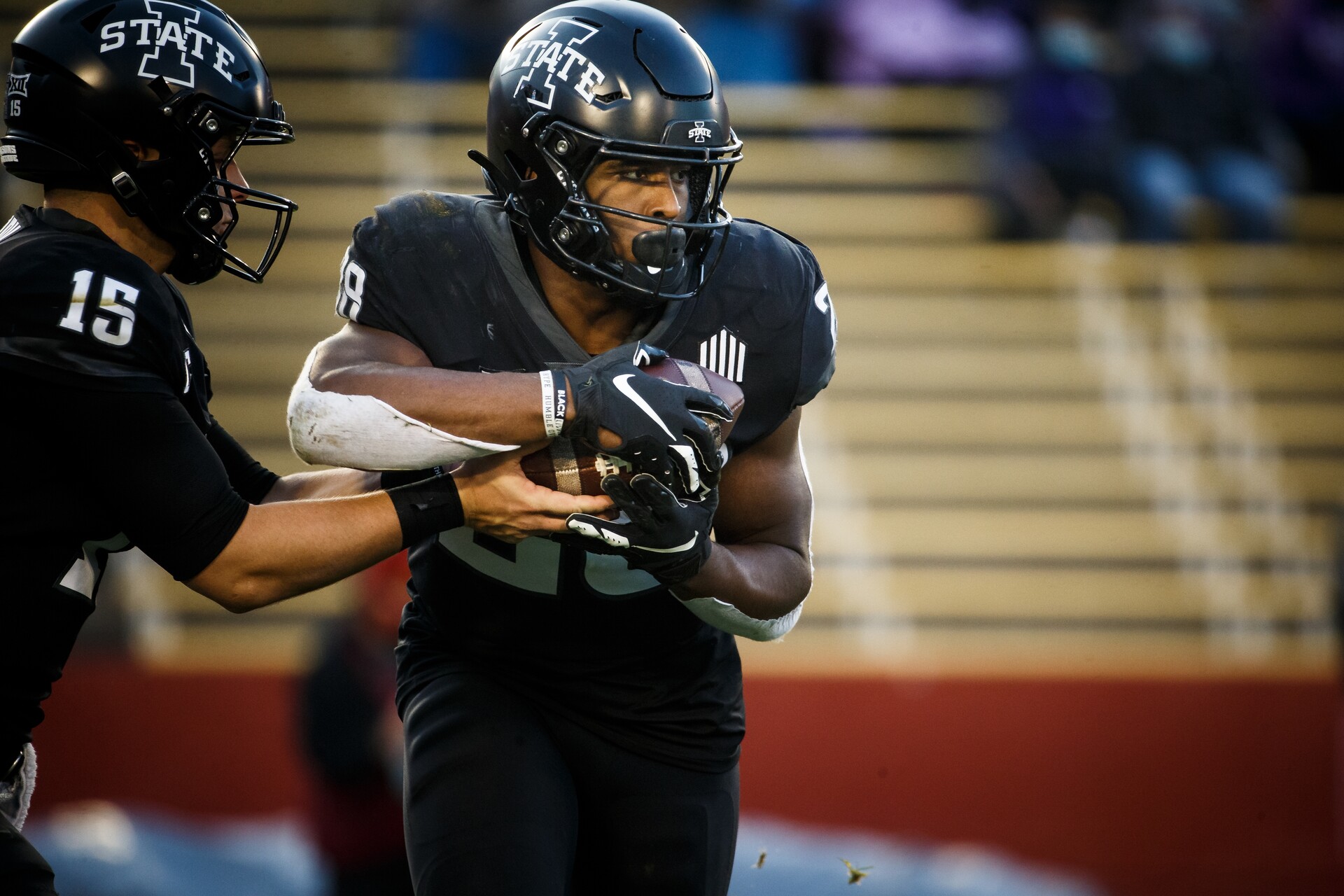
On the low end of the profit spectrum is a Power 5 conference that also struggles with simple arithmetic: the 10-team Big 12. The land of Oklahoma and Texas—well, at least for now—is just 6-12-1 ATS and is the only conference among 11 (including Independents) without at least one team that is 2-0 ATS.
In addition to the Big 12 and ACC (10-12-1 ATS), the other leagues with sub-.500 records against the number thus far are: American Athletic (8-10-1), Mid-American (9-11) and Pac-12 (9-11).
Totally Underwhelming
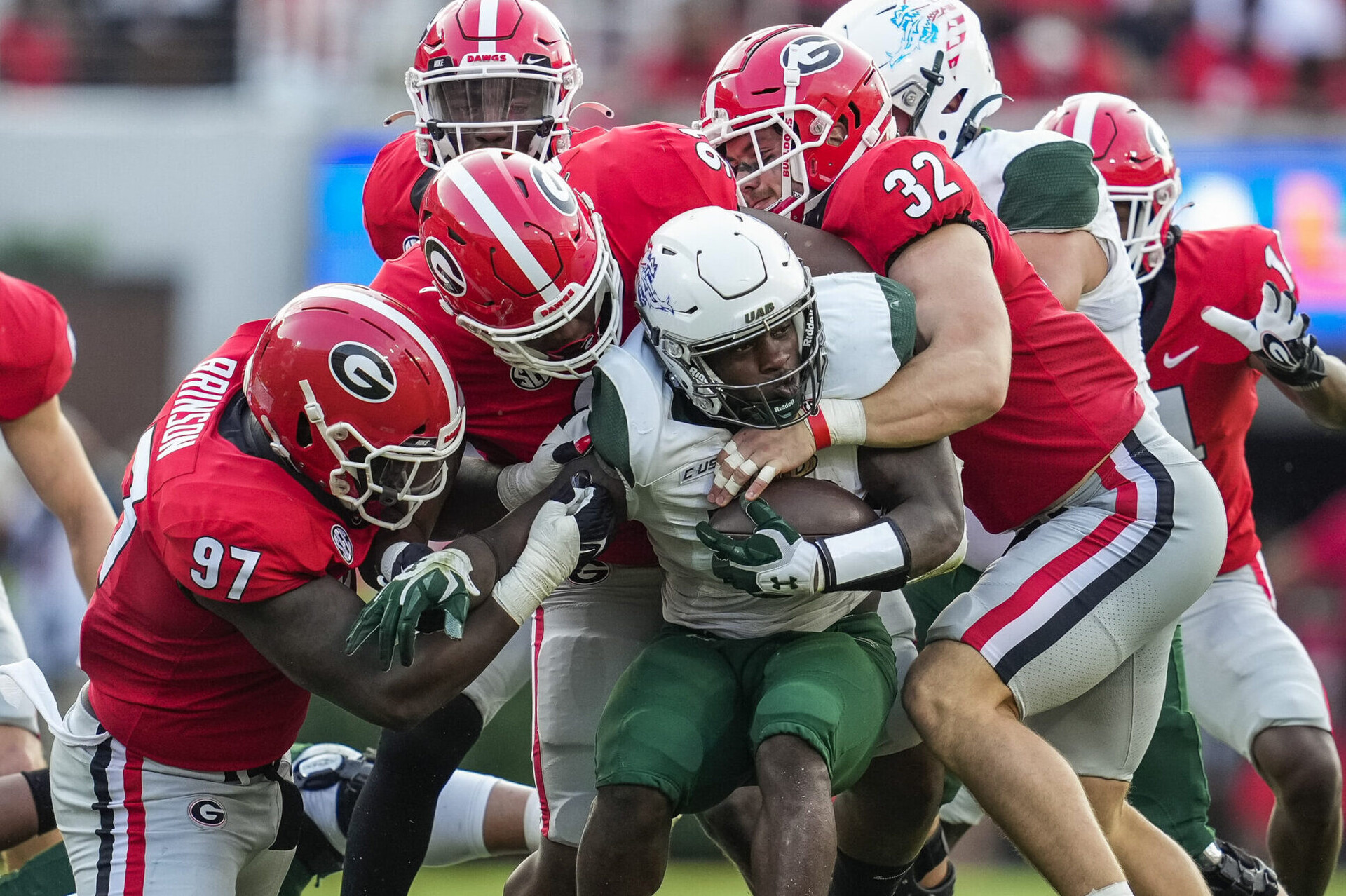
The perception among many who follow modern-day college football is that defense is optional and the only pathway to victory is to engage in a high-flying shootout. The Over/Under numbers—at least in the early going of the 2021 season—will tell you this is one instance where perception doesn’t match reality.
Tracking the first 219 games in which a total was posted, the Under is 135-84. Using math that the folks in the Big Ten and Big 12 apparently fail to grasp, that means 61.6 percent of this year’s lined contests have stayed below the total. To put that in real-money terms: If you wagered $110 on the Under in all 219 games, your bankroll would be flush with $4,260—and that includes money lost on the juice.
Of course, the first chapter in the Sports Betting 101 handbook tells you 61.6 percent trends rarely hold up over the course of a long season, so a regression seems certain. When will that regression come? If only we knew the answer, we could rest our heads comfortably on that pillow every Saturday night.

